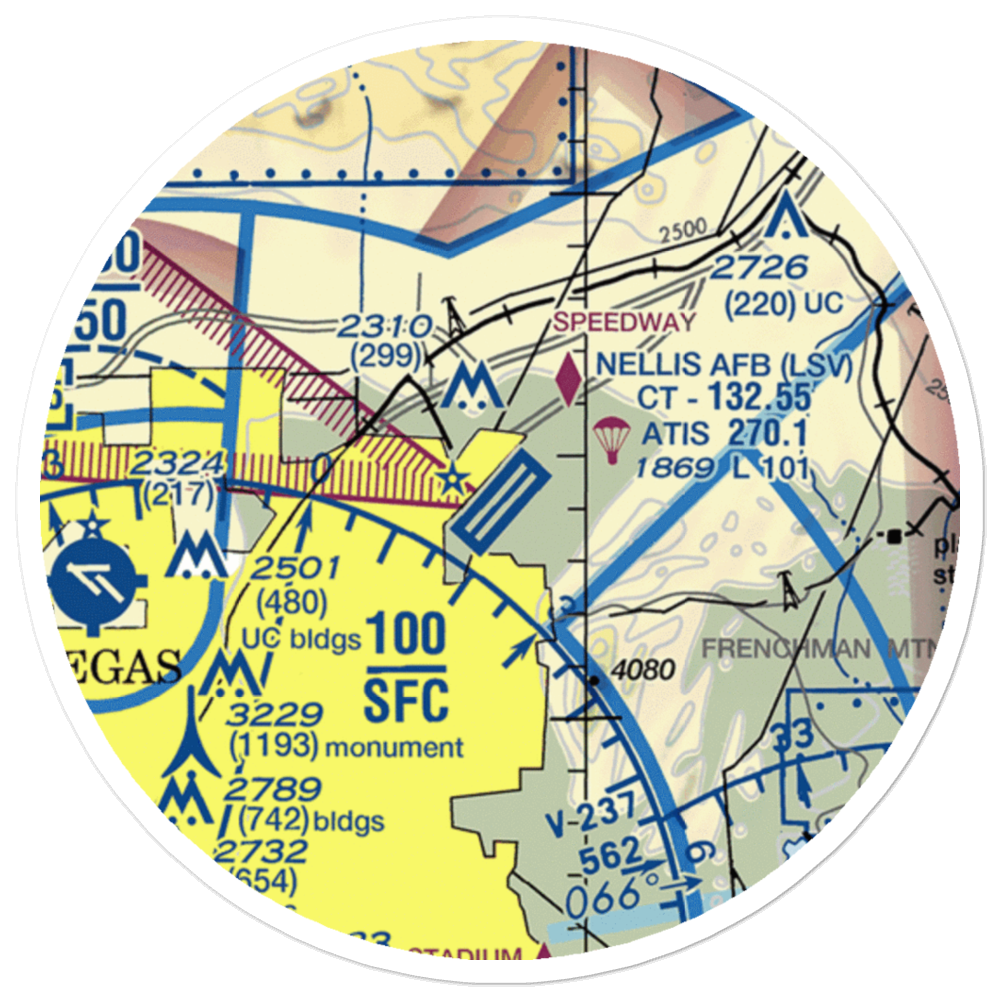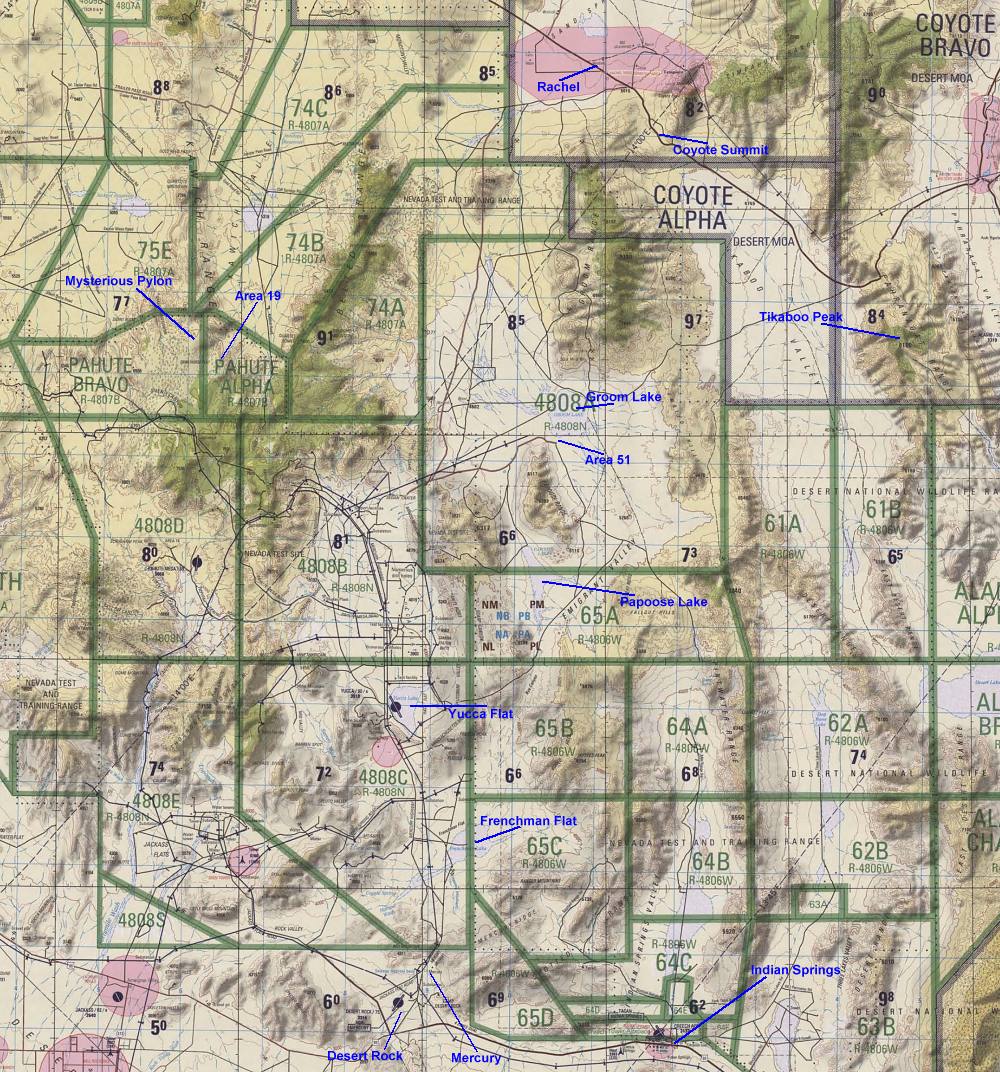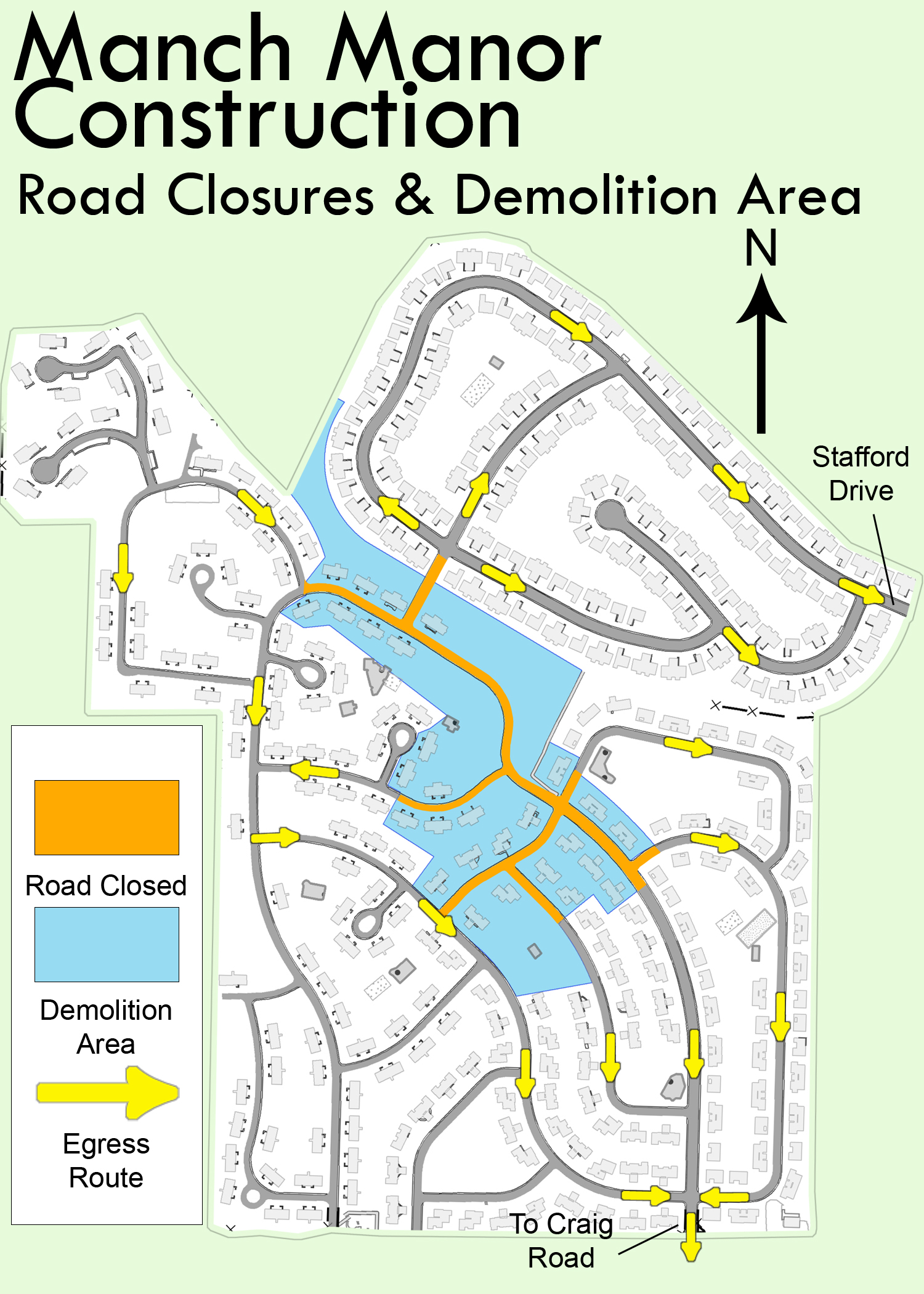Nellis Afb Map - Nellis Air Force Base (IATA: LSV, ICAO: KLSV, FAA LID: LSV) is a United States Air Force base located north of Las Vegas, Nevada. It is seven nautical miles (13 km) northeast of the Las Vegas business district. It was named in honor of P-47 pilot 1st Lt. William Harrell Nellis, who was killed during the Battle of the Bulge in World War II.
An Air Combat Command (ACC) installation, Nellis is home to a United States Air Force base and is a major training facility for U.S. and foreign airmen. The base is named for William Harrell Nellis, a Las Vegas resident and Army Air Force P-47 pilot who was killed in action during the Battle of the Bulge.
Nellis Afb Map
The main base covers approximately 11,300 acres (4,600 ha). Sixty-three percent of it is undeveloped, the rest is either paved or has buildings.
Mobile Coverage & Cell Phone Plans In Nellis Afb, Nv
The Nevada Test and Training Program is located in West One and other areas.
Because of its diverse role, Nellis AFB is home to more squadrons than any other Air Force base.
Site 2 is considered one of America's largest arsenals. When nuclear testing was taking place at the Nevada Test Site, Area 2 was used to store weapons.
Las Vegas Army Airfield was placed under maintenance on 28 August 1946 and activated on 31 December 1946. It was assigned as a base to the Mather AAF in California from August 30, 1947 - March 31, 1948. It was activated again. - in 1948. April 1, 1948 and assigned as base while restored to original installation status at Williams AFB, Arizona, April 1, 1948 - October 1, 1950.
A Miniature Extraterrestrial Pictured With A Map Of Nellis Air Force Base In Nevada Stock Photo
The history of the base was established in October 1940 by Major David M. of the Army Air Corps. It began with a survey by Schlatter, who surveyed various locations in the Southwest in search of a site for an anti-aircraft gunnery school. Las Vegas was attractive because of its clean weather and year-round flying, and the then-impoverished city was desperate for a military base. On January 2, 1941, the city purchased the airfield operated by Western Air Express and three days later leased it to the Air Corps, the plan being to use the line for both military and military aircraft. Another base opening mistake was closing Block 16 in Las Vegas.
Construction of the "Las Vegas Army Air Field" began in March 1941; The first commander, Colonel Martinus Stenseth, arrived in May. Much of the initial gunnery training, which began in September, but did not continue until January 1942, used truck-mounted guns and targets on railroad cars, which were used to train students in target shooting. World War II made base work even more urgent, and by the end of 1942, 9,117 guns had been completed, using aircraft including the Martin B-10, AT-6, A-33, B-17 Flying Fortresses, B. 24 Liberators, and B-26 bombers. Clay pigeon remains from this gun are still found today in the desert north of Las Vegas. Several anti-aircraft target pieces dot the hills north of the gun range and can be seen above the city at sunrise.
At the height of training in 1943 and 1944, more than 15,000 men and women were on the ground. Actors Ronald Reagan and Burgess Meredith Rear Gunner will help produce the film. Most of the training was for B-17 gunners, so in early 1945 the focus shifted to the B-29 Superfortress. The innovation was a specially designed aircraft, the RP-63, which was sufficiently equipped to fire soft ammunition. By the end of the war, the school had trained over 55,000 fighters, including over 45,000 B-17 fighters and over 3,000 B-29 fighters.

The gunnery school closed in September 1945 and the base itself was officially opened in January 1947. It was reactivated in March 1948 by the United States Air Force, which organized a single engine school. The first Air Force Gunnery Meet was held at the base on May 2, 1949, with competitors from 14 Air Force units flying both prop and jet aircraft.
Klsv/nellis Afb General Airport Information
On April 30, 1950, the base was renamed Nellis Air Force Base from Las Vegas Air Force Base. Shortly thereafter the base was again required to prepare pilots for the Korean War, first with training on the P-51 Mustang, as well as the F-80 and F-86 Sabers. The base became part of the new aircraft testing program.
The Air Force's air show team, the Thunderbirds, arrived at Nellis on June 1, 1956, with F-100 Super Sabers. The F-105 Thunderchief arrived in 1960; In June 1962, two crashes in one day at Nellis forced the grounding of all F-105s for testing and repairs. The last USAF F-100 was retired in 1969, although the aircraft continued to be used by the Air National Guard into the 1970s.
On September 1, 1966, the Strategic Fighter Weapons Center was established to consolidate the base's research and training activities and assigned to the 12th Air Force.
In 1969, the 57th Fighter Wing was commissioned at what was then called the USAF Fighter Weapons School. Now known as the USAF Weapons School, it provides graduate level training in all weapon systems to date that a USAF officer is expected to use. These include air-to-air combat and air-to-ground combat with guns and missiles. Graduates are given a basic course in combat systems maintenance and in particular how to tell if a system has been incorrectly installed during flight.
Air Force Considers Expansion Of Bombing Range Into Nevada Wildlife Refuge
The school was created in response to lessons learned from air-to-air combat in World War II and is similar to the US Air Force Academy. Navy Fighter Arms.
Lack of housing was a long-standing problem at the base, but the growth of Las Vegas in the early 1970s created a new problem and housing began to encroach on the runway. Although the problem was resolved through the redevelopment program, the problem continues to plague Nellis and Las Vegas planners.
United States. Air Force F-15 Eagles and F-16 Fighting Falcons fly over the Nevada Test and Training Range at Nellis Air Force Base, Nev., June 5, 2008. The jets are assigned to the 64th and 65th Squadrons - Aggressor Air Force Base based at Nellis.

Lessons from the Vietnam War led to the establishment of the Red Guest practice at Nellis. Pilots of the 64th Aggressor Squadron now fly F-16s according to the doctrine of potential enemy forces, and join an army of mocking dogs and inspection teams from the United States and countries friendly to the United States. The 65th Aggressor Squadron was activated and flew the F-15 in its first fighter role.
Us Air Force
Continuing the tradition of competitive training, the ten-day Gunsmoke '81 in 1981 was the first shooting meet held since 1962, and featured teams from around the world. This event will continue every two years. The 1980s were a busy time for Nellis, supporting a dozen types of aircraft and inspecting aircraft from the Army, Navy, Marine Corps and foreign countries. In 1988, the F-117 Nighthawk was unveiled here; It was developed and tested at Tonopah Test Range, a small area north of Nellis Air Force Range in the desert northwest of Las Vegas.
Indian Springs Air Force Auxiliary Airstrip was part of Nellis. Although little known, it was home to the 11th, 15th and 17th Reconnaissance Squadrons operating Predator RQ-1, MQ-1 and MQ-9 Aerial Vehicles (UAV). The field was renamed Creech Air Force Base on June 20, 2005.
The first production F-22A Raptor was delivered to the base on January 14, 2003. Nellis Air Force Base was chosen as the location for the F-22 Force Test and Weapons School program because of its similar climate to Iraq and Afghanistan. On December 21, 2004, another F-22A crashed on takeoff, marking the first accident at the base since March 1996 and the first F-22 accident since 1992. As of July 2008, 12 Raptors were assigned to the 422d Test and Evaluation Group for various development and experimental missions.
On November 14, 2006, the Air Force released information about US-controlled Russian MiG units that were used in training at Nellis in the late 1970s and early 1980s. This unit was called Red Eagle and used MiG-17s, MiG-21s and MiG-23s to simulate and test combat F-4 Phantoms, F-15 Eagles and F-16 Falcons.
Aviation Nation 2022
On April 23, 2007, construction began on a 140-acre, 70,000 square meter solar panel power generation system. Installation on the west side of the base was completed in December 2007. The 14 MW system is expected to supply 25% of the base's electrical needs. On May 27, 2009, President Barack Obama inspected the photovoltaic array during a visit to the foundation where he was campaigning.
Car rental nellis afb, nellis afb, nellis afb civilian jobs, jobs at nellis afb, nellis afb hotels, nellis afb base map, nellis afb apartments, firestone nellis afb, hotels near nellis afb, nellis afb jobs, nellis afb building map, nellis afb lodging

0 Comments